Off-roading can be a great way to explore new environments. However, this can often take a toll on your vehicle and your tires. To make sure that they last a long time, you need to make sure that you are taking care of them.
This often means performing activities like checking the pressure and repairing any punctures. But it’s also essential that you rotate the tires regularly.
Rotating your tires is especially important when you are off-roading. Often, the front tires will take more of a beating than the ones at the back.
Let’s look at everything you need to know about rotating your tires.
Before we dig deeper into how to rotate off-road tires, let’s look at why you need to do this at all.
When you are driving your car, you won’t wear all the tires equally. For example, when you’re off-roading you’ll often find that your front tires will be responsible for propelling the vehicle along the track.
As a result, these tires will be under more stress than the ones at the back of the car. When this happens, you could be placing yourself in a dangerous situation. The effects of uneven wear can be seen in the image below.
Because of the different tread on the tires, you might not have the same braking power. You might also notice that your car has become less maneuverable. This makes you more likely to slide out during the corners.
When you rotate the tires, you’ll be able to make sure that all the tires are wearing at the same rate, reducing the chances that you will have an accident.
It will also allow you to increase the lifespan of the tire. In some cases, you might be able to get thousands of additional miles. This can end up saving a lot of money in the long term.
Now that we know why it’s so important, let’s look at how you can rotate your off-road tires. There are a few ways that you might do this, depending on the type of tires you have, and the type of vehicle you are driving.
The first that you need to establish is the type of tires that you have. The best way of doing this is by looking at the tread.
You need to figure out whether or not the tire is directional. A directional tire is designed to be used on one side of the vehicle. In this case, the tread will be in a V shape. If you’re still unsure, look at the side of the tire. These tires will often feature a rotation sign, which points in the direction that the tire is intended to spin. An example of a directional tire is pictured below.
There is a second type of tire. The non-directional tire can be placed on either side of the vehicle. As a result, they will have a more geometrical trend pattern. These tend to be the most common types of tires on the road, and are the best option for general driving. An example of what a non-directional tire looks like can be seen below.
The reason we had to identify what type of tire you had is to make sure that you are getting the right rotation pattern. This is how you will swap the tires around.
Rotating Directional TiresGetting the right rotation pattern is especially important for directional tires. Remember, these can only be used on one side of the vehicle. If you accidentally put them onto the wrong side, they might not be able to get enough grip. This can allow water to get under the tire, increasing the chances that the car might start to hydroplane in wet weather.
In this case, you’ll need to take the tires from the back and put them onto the front axle. Then, take the ones from the front and place them onto the back axle. The below diagram will give you a better idea of what this looks like.
Rotating Non-Directional TiresThese types of tires can be driven on both sides of the car. This means that you have multiple rotation patterns to choose from.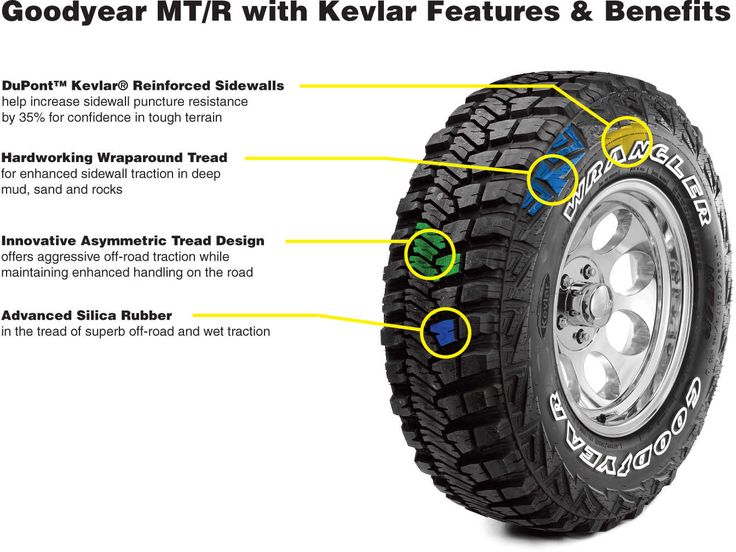 In this case, the type of car you drive will determine how you rotate the tires.
In this case, the type of car you drive will determine how you rotate the tires.
If you have a 4-wheel drive or all-wheel drive, you might want to use the rearward pattern. In this case, you need to take the back tires and replace them with the front ones, keeping them both on the same side of the vehicle.
Then, take the front tires and put them on opposite sides of the back axle. As an example, the old right front tire would become the new left-back tire. A great visual representation of this process can be seen in the below image.
In other cases, you might be driving a front-wheel drive. In this case, you will need to use the forward cross pattern. In this case, take the front tires off and move them to the back axle, keeping them both on the same side of the vehicle.
Then, take the back tires put them on opposite sides of the front axle. For example, the original right back tire would be moved to the left front side. You can see a diagram of how this process will work below.
By this step, you should know the pattern that you will use to rotate the tires. Now, we can get into the nitty-gritty. Before you start, make sure that you have everything you need. You should have the following tools:
Before you start removing tires, it’s important to make sure that you are in a safe environment. In this case, make sure that you have plenty of room to move around. You also need to make sure that the car is parked on a flat surface.
Before you start work, make sure that the parking brake is on. You don’t want to risk the car sliding off the blocks while you’re underneath it.
Once you’re sure that you’re safe, you can start jacking up the car. To do this, find the jacking point. This is a reinforced part of the car, which is designed to have the jack applied to it.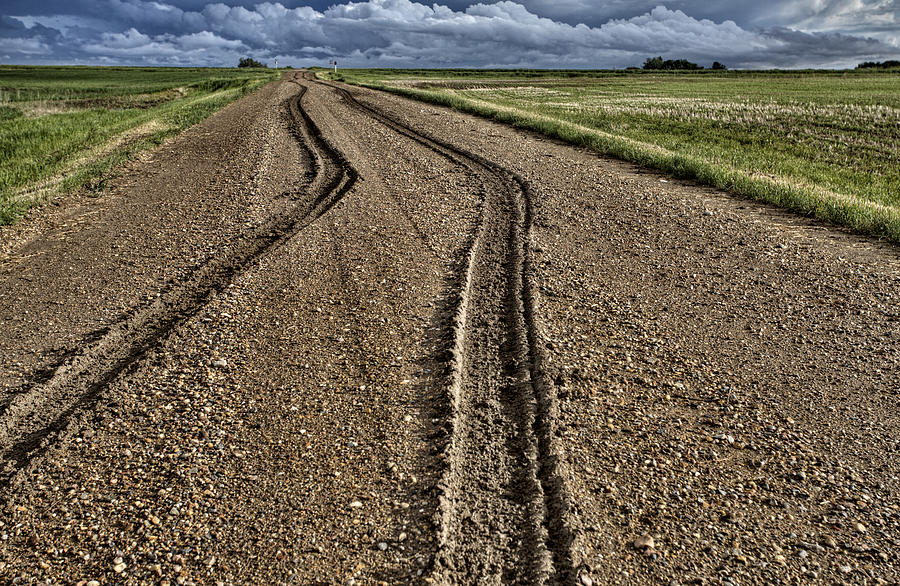 If you put it in the wrong place, the jack might bend or even puncture where your jack is.
If you put it in the wrong place, the jack might bend or even puncture where your jack is.
To find the jacking point, you should refer to the owner’s manual. This will often tell you exactly where they are. For most vehicles, it will be just under the front and back bumper. Often, you will feel a metal notch, which has been designed to fit the top of the jack. As seen below.
Once it’s in the right place, you can start to raise the jack. This will start to lift the car. As you do this, regularly check that the jack is still sitting at the jacking point properly.
Once the car is lifted, you can use the lug wrench to remove the tire. Place it over the nut and remove the nut. To make sure that you don’t lose them, place them into the wheel cover.
Depending on how you want to proceed, you can remove all the tires at once. Or you can remove them one at a time and put them into their new position.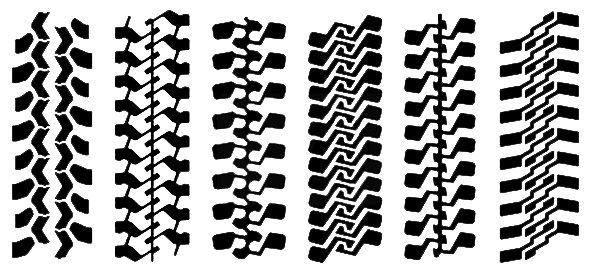
Once the tire is in its new position, according to the rotation plan, you can start to tighten up the tire. To make sure that it’s as secure as possible, you should tighten it diagonally. This will make sure that the wheel is evenly tightened. You can use the below diagram to see the order that each of the nuts should be tightened in.
Repeat this process until you’ve successfully rotated all the tires to their new positions.
Hopefully, you now feel confident rotating your tires. But, how often should you do this?
Often, this will depend on the way that you have been using them. As a general rule, you will need to look at the amount of wear that you have on the tires. When the wear becomes too excessive, you should rotate the tires. An example of excessive wear can be seen below.
When you are driving off-road, you might need to rotate your tires more frequently. This is because you will be placing more pressure onto the tires, increasing the amount of wear that you will be causing.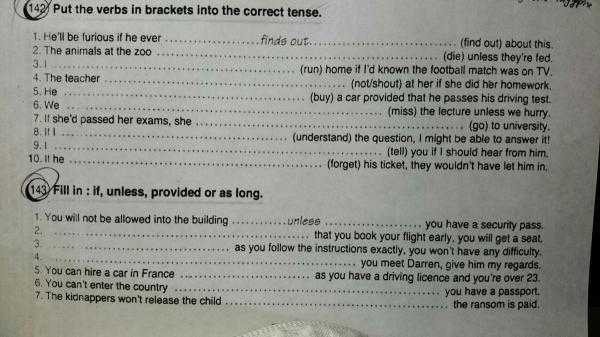 For this reason, you will need to check the tires more often, to make sure that you know what condition they are in.
For this reason, you will need to check the tires more often, to make sure that you know what condition they are in.
There are often several reasons why one tire has more wear on it than another. First, you might want to think about the type of roads that you are driving on. For example, when you are driving along a gravel road, the rocks are thrown at the back wheels, so they have a higher wear rate.
You should also think about the way that the load has been distributed on the vehicle. For example, you might put heavy equipment in the back of the car, putting the back wheels under more pressure.
The suspension on the vehicle might also affect the types of forces that the tires are exposed to. This is one of the most common reasons why the front and back tires might have a different wear rate.
The way your tires have been inflated and aligned can often impact on the type of wear that you experience. The below image shows some of the most common tire wear patterns and what they can show about your car.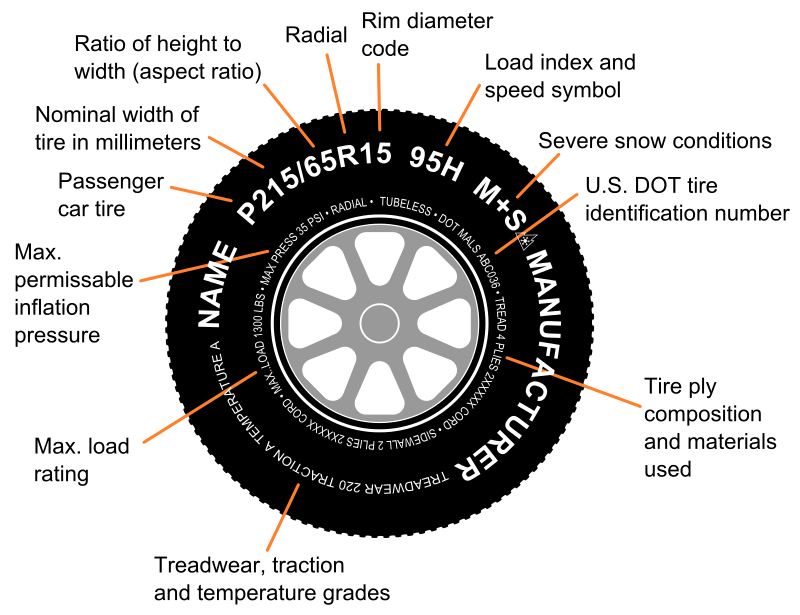
Finally, the biggest impact might be the type of tire that you are using. This can affect how durable it will be. To give you a better indication, let’s look at some of the most common types of tires on the market and how long they should last.
Let’s start by looking at one of the most common types of tires on the market. The all-terrain is designed for general driving.
In most cases, these will last for around 6,000 miles (10,000 km), or every three oil changes. After that, you should check them thoroughly and rotate.
Though they are designed to be relatively durable, if you are going off-roading, you might want to check them once you get back. The harsher conditions might require you to rotate them more frequently.
A tougher alternative to all-terrain tires, off-road tires are the best choice for exploring rougher trails.
When compared to all-terrain tires, you will notice that off-road tires are made from thicker rubber.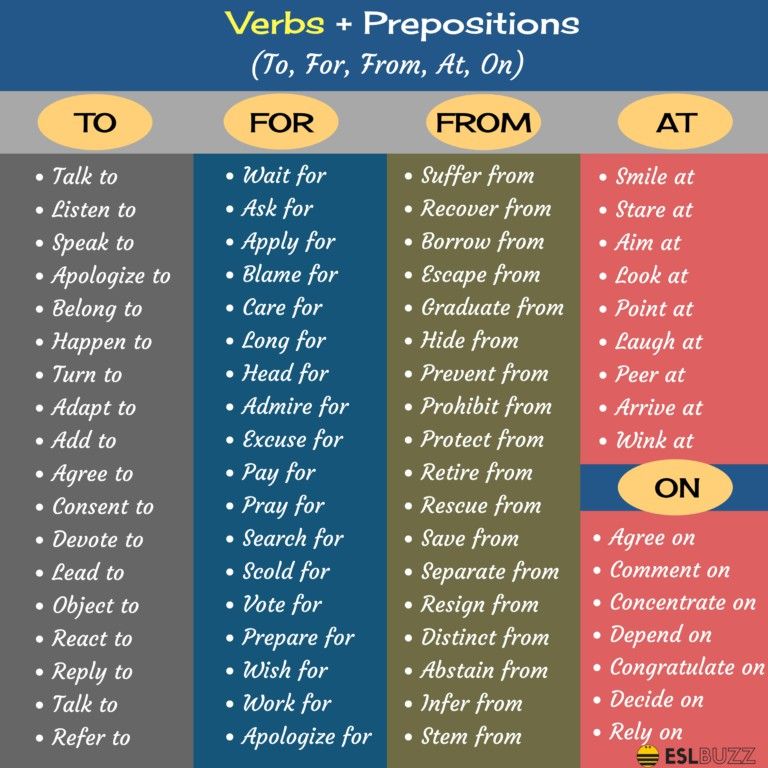 You’ll also see a deeper tread, giving you more traction on dirt trails.
You’ll also see a deeper tread, giving you more traction on dirt trails.
Like All-Terrain tires, you should aim to check them every 6,000 miles (10,000 kilometers). This will be the best time to rotate them.
Finally, you might want to consider using mud tires, especially if you’re going off-roading after a heavy downfall. These tend to be the best when heading into very rough terrain, featuring very thick tread. This will give you lots of traction, even when facing mud.
Because they will be getting used more roughly, you might want to rotate them more frequently. In most cases, mud tires should be rotated every 3,000 miles (5,000 km).
You should also make sure that you are only using mud tires when you’re off-roading. They aren’t designed for day-to-day road driving. Remember, they have been designed especially for muddy tracks.
When on the road, they won’t have as much traction, which can cause you to start to lose control at higher speeds.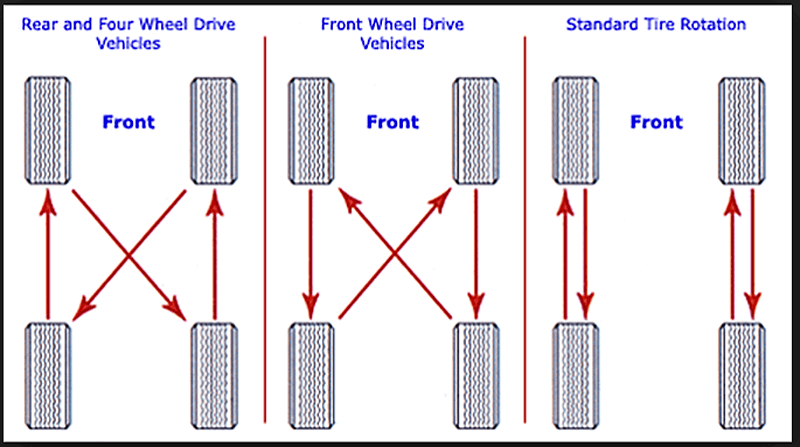 Also, because they are heavier, you will lower the fuel efficiency of your vehicle. That being said, some MT tires are capable of being used on daily drivers, they just don’t offer the best ride.
Also, because they are heavier, you will lower the fuel efficiency of your vehicle. That being said, some MT tires are capable of being used on daily drivers, they just don’t offer the best ride.
One of the biggest reasons why people rotate their tires is to make sure that they last longer. However, even though you will be able to increase their lifespan, you will need to replace the tires eventually.
Often, the best time to spot potential problems is when you are rotating them. This will allow you to make sure that you replace them at the right time. When checking this, there are several potential warning signs that you want to look for.
First, you want to take note of any uneven wear on the tire. Even if you’ve been rotating them frequently, you might still notice this issue. If the problem gets too bad, you will have to replace the tires entirely.
Often, the uneven tread is caused when the car isn’t in the correct alignment. For this reason, you might want to check in with a mechanic. This problem can also occur if you haven’t been inflating the tires properly.
For this reason, you might want to check in with a mechanic. This problem can also occur if you haven’t been inflating the tires properly.
Another big problem is a puncture. This is common when you take your car off-roading, as sticks or stones might pierce through the rubber. For smaller punctures, you might be able to make a temporary repair yourself, as seen below. But, the safest option to replace the tire as soon as possible, getting a new one.
https://www.youtube.com/watch?v=mXNWqzkYXCQVideo can’t be loaded because JavaScript is disabled: Tire Puncture Repair Kit Instruction (https://www.youtube.com/watch?v=mXNWqzkYXCQ)
You should also know your tires used by date. As a general rule, you shouldn’t keep the tire on the car for more than 10 years. When they start to get older than this, you might want to consider replacing them, as they will be more likely to develop issues.
Finally, take note of the way it feels when you are driving the car. For example, you might notice that you are hearing odd noises or getting strange vibrations. These can be signs of a larger issue. As an example, it could be an indication that the wheels are out of alignment. For this reason, you should make sure that you take the vehicle into a mechanic, so they will be able to inspect it for you.
For example, you might notice that you are hearing odd noises or getting strange vibrations. These can be signs of a larger issue. As an example, it could be an indication that the wheels are out of alignment. For this reason, you should make sure that you take the vehicle into a mechanic, so they will be able to inspect it for you.
We rotate the tires to make sure that they wear evenly. This will make sure that you have the right amount of traction on the road. It will also extend the life of the tires.
Before rotating the tires, you need to consider the type of tire and car you are driving. This will tell you the right rotation pattern to use. Then, you need to make sure that the environment is safe. If it is, attach the jack, remove the tire, and place it into its new position.
How often you need to rotate the tire will often depend on the type of tire that you are using. In most cases, you will be able to rotate them every 6,000 miles (10,000 km) or every three oil changes. However, if you are using mud tires, you might want to rotate them more frequently, around every 3,000 miles (5,000 km).
However, if you are using mud tires, you might want to rotate them more frequently, around every 3,000 miles (5,000 km).
When you are rotating the tires make sure to inspect them, taking note of their condition, so you know whether or not you need to replace them.
Off-road riding is a very effective way to get to know new landscapes. As it is an extreme activity, it is a fact that the tires will feel the impact of the geography of the terrain. One way to preserve tire life is to get into the habit of performing some preventive actions. These actions include checking tire pressure, repairing punctures, and periodically rotating the tires. If you frequently use mud tires on your extreme trips, you may wonder how often you should rotate these tires to maintain them as long as possible.
Because mud tires are subject to rougher use, experts recommend that the ideal rotation period be every 3000 miles or 5000 kilometers.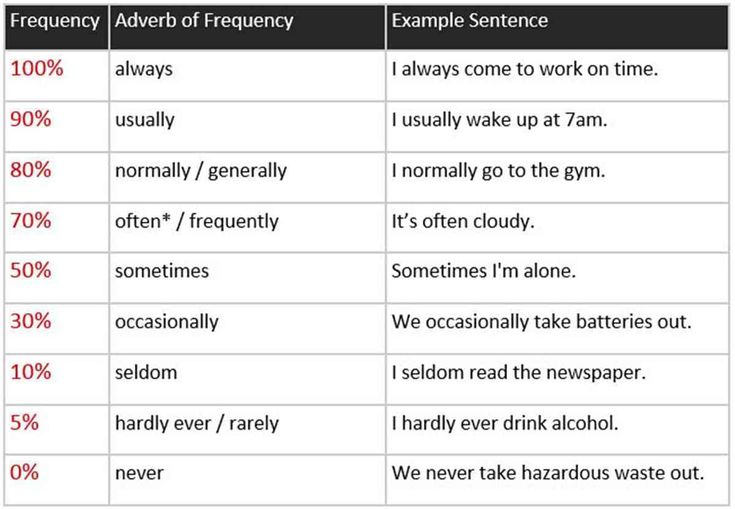 In contrast, you can rotate off-road tires every 6000 miles or 10000 kilometers.
In contrast, you can rotate off-road tires every 6000 miles or 10000 kilometers.
Tire rotation is a critical factor in the off-road world, besides being a common practice. It would be best if you only used these tires when off-roading in terrain that deserves it. This type of tire is not appropriate for daily on-road driving. Tire rotation does not allow repositioning the tires front to back or side to side to extend their life. But to understand more about mud tires, the importance of tire rotation, and the measures we can take to take care of them, we invite you to read on.
Tire rotation is more than periodically changing the position of each vehicle’s tires. Many people associate the tire rotation frequency with changing the oil every 5000 miles. However, for the specific case of mud tires, the rotation frequency must be earlier since the wear is much more significant and faster than conventional tires.
Tire rotation is the best opportunity to check them for significant damage visually. It helps to detect punctures, check air pressure, and rebalance them if we notice vibrations when driving the vehicle.
It helps to detect punctures, check air pressure, and rebalance them if we notice vibrations when driving the vehicle.
There are a lot of solid reasons why it is imperative to rotate mud tires periodically.
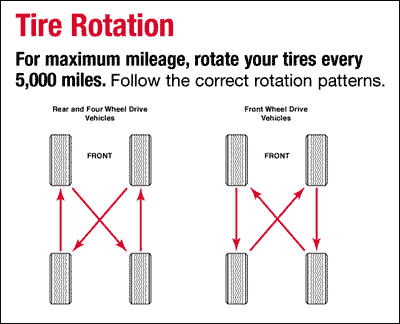 Uniform wear allows the driver to have optimum cornering and braking performance and preserve the safety factor.
Uniform wear allows the driver to have optimum cornering and braking performance and preserve the safety factor.The mud tire has a unique design to cope with harsh and extreme off-road conditions. These tires usually have deeper treads and larger sidewalls that help provide better grip in slippery, loose, and high-risk terrain such as mud, snow, and sand. Mud tires will perform better off-road than on-road.
When off-road riding frequently on complex terrain surfaces, experts recommend using mud tires. These tires are the most appropriate when riding on very rough terrain, as they require tires that have a very thick tread. This type of tread provides optimum traction.
Driving in mud or on outer surfaces forces us to drive much more abruptly than usual, so professionals in the off-road world advise rotating mud tires every 3000 miles.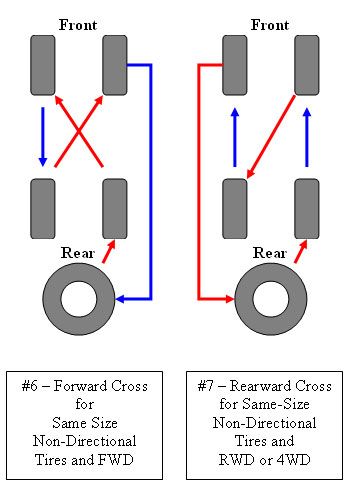
A golden rule is that mud tires should only be used off-roading, not for everyday highway or street driving. Mud tires will have no traction on the road, which makes it highly unsafe for the driver and his passengers. Even professional drivers can lose control on the road if using these tires at high speeds. Although you can use some mud tires daily on the road, they cannot provide the best driving experience.
Tires, like other parts of the vehicle, are wearing pieces. Depending on the type of tire, some may last longer than others; however, the reality is that we will have to replace them at any moment. Off-road vehicles and off-road practice will involve traveling through extreme and treacherous terrain. In these conditions, tires can suffer accelerated wear if we do not take some measures to take care of them. We will now review some steps we can take to contribute to tire durability.
No matter what off-road vehicle you drive, selecting the right mud tire model is essential according to the manufacturer’s indication. The aspect you should check is the gross vehicle weight indicated by the manufacturer; it is also necessary to know the recommended tire inflation pressure.
The aspect you should check is the gross vehicle weight indicated by the manufacturer; it is also necessary to know the recommended tire inflation pressure.
The selection of the mud tire is a simple task when it comes to original off-road vehicles. But in the case of modified cars, tire selection may be a more complex task. Modifying a vehicle for off-road use involves changing the suspension lift and increasing the tire size, which means we will add more weight to the car. In this case, the best thing to do is to go to a specialized center that will guide us concerning which would be the ideal mud tire for this type of vehicle.
Many people are unaware of the importance of keeping mud tires with the correct air. This action helps us in the safety of the vehicle, in addition to saving fuel, improving performance, and extending the tire’s life.
It is important to remember that off-road vehicles perform better with reduced air pressure when off-roading.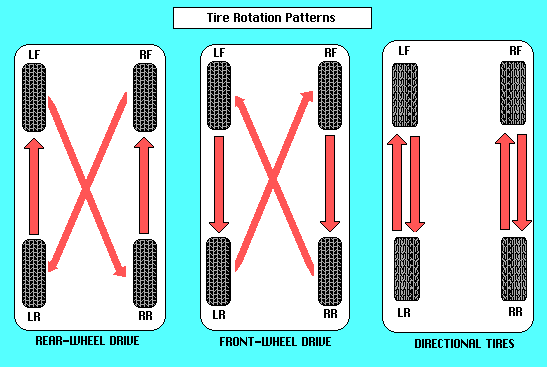 When the air pressure is low, the traction zone, or the size of the tire’s footprint on the ground, increases. The larger the footprint, or traction, the greater the ability to overcome rocks and obstacles. Additionally, reducing tire pressure decreases the possibility of slippage, which translates into decreased tread wear.
When the air pressure is low, the traction zone, or the size of the tire’s footprint on the ground, increases. The larger the footprint, or traction, the greater the ability to overcome rocks and obstacles. Additionally, reducing tire pressure decreases the possibility of slippage, which translates into decreased tread wear.
By now, the importance of tire rotation is evident. However, it is one of the most critical measures to extend tire life. The key to mud tire rotation is to be very disciplined when changing tires. If the driver rotates the tires every 3000 miles consistently, he will be working to extend the life of the tires.
One factor contributing to tire longevity is checking that the suspension is in good condition. A defective shock absorber can immediately cause the tread to become completely worn or unusable.
Not only is it essential to check that the shock absorbers are in good condition, but it is also vital that the vehicle has the correct alignment. Experts recommend that before going off-road, it is advisable to have the vehicle’s wheels aligned. Remember that not all alignments are the same. You will likely no longer apply the manufacturer’s original indications if you have a modified car. So your best option is to entrust this work to a specialized professional center.
Experts recommend that before going off-road, it is advisable to have the vehicle’s wheels aligned. Remember that not all alignments are the same. You will likely no longer apply the manufacturer’s original indications if you have a modified car. So your best option is to entrust this work to a specialized professional center.
If you use your off-road vehicle on the road daily, you should store mud tires as correctly as possible. Tires are susceptible to oxidation which results in dry rot. New tires become hard and dry, and cracks begin to appear. This process occurs faster if they are left exposed to sun and heat.
The best alternative is to store tires individually in a covered garage or shed that is out of the sun. It is also a good idea to buy rubber covers that protect them completely.
The main highlight we should take away is that we rotate mud tires so that they get even wear. Rotating mud tires every 3000 miles will provide us with optimum traction on the road, which translates to the safety of the driver and his passengers.
Explore more →
Today we will talk about the choice of tires for off-road travel.
What is off-road travel, how is it different from simple tourism or sports? For off-road travel, you need tires that can easily cope with many thousands of kilometers of asphalt, and after that they do not give up on off-road. Any universal rubber, in general, any universal thing is a thing that is capable of a large number of things and does them equally badly. This is a folk truth, which must be understood as if the rubber is suitable for both asphalt and off-road, it is not too good either there or there.
Under the criteria that we are interested in, tires with the marking AT and MT (AT MT), all-terrain and mud, are suitable. In fact, don't be fooled by these juicy epithets. Both of these tires are asphalt, they are not mud.
Mud tires have completely different markings, firstly, and secondly, they are not intended for use on asphalt.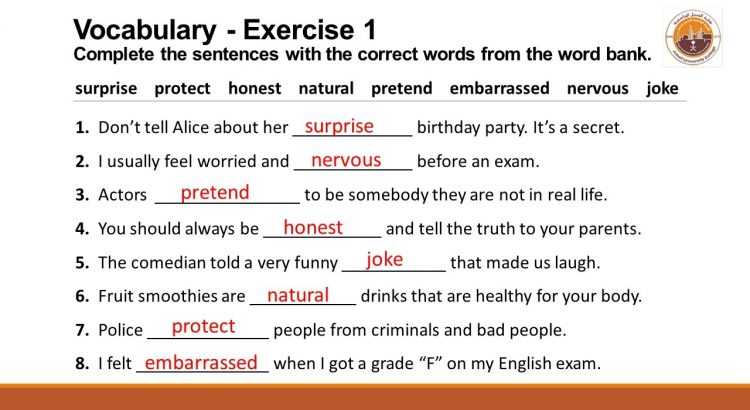 You can ride them on asphalt, but it makes a lot of noise, doesn’t steer at all and wears out very quickly. This tire is suitable for short-term travel on roads and constant off-road driving.
You can ride them on asphalt, but it makes a lot of noise, doesn’t steer at all and wears out very quickly. This tire is suitable for short-term travel on roads and constant off-road driving.
Similarly, regular road tires are not suitable for off-road travel for two reasons. First, these off-road tires do not work at all. On dry sand, they can still do something, because they let the tires down there, and the car drove off. And on clay or just a slippery hard surface, they pass very strongly. At the same time, when driving on graders or rocky mountain roads, the probability that you will break a tire is almost 100%. Therefore, road tires are best considered only if you are going to drive only on asphalt. In all other cases, AT and MT.
What is AT. In fact, this rubber is fundamentally different from the road cord and the thickness of the tire itself. It is easy to work at low pressure, it is not so easy to gouge with stones, but at the same time, it has a tread close to highway rubber so that it rides well on asphalt. This means that in the mud these tires perform very poorly. Better than road bikes, but don't expect big miracles from them. They are very well suited for non-mud travel where you go somewhere where the roads are very bad. The AT does a great job with this, they resist wear well and generally last quite a long time.
This means that in the mud these tires perform very poorly. Better than road bikes, but don't expect big miracles from them. They are very well suited for non-mud travel where you go somewhere where the roads are very bad. The AT does a great job with this, they resist wear well and generally last quite a long time.
MT marked tires are much less used because they don't have that much life, it depends on lug height, compound and everything.
You must first decide what kind of rubber you need. In terms of the size and diameter of the disc, try to choose rubber that fits the minimum size of the disc that can generally be put on your car. If your car allows you to fit a 15" rim, go for it. The higher the height of the rubber, the better it will work off-road. Unfortunately, modern cars usually do not allow wheels below 16 inches, quite modern ones have already gone 17 inches. But always aim for the smallest possible drive.
How MT tires behave off-road. Of course, the thinner the tread, the higher it is, the better the rubber will work.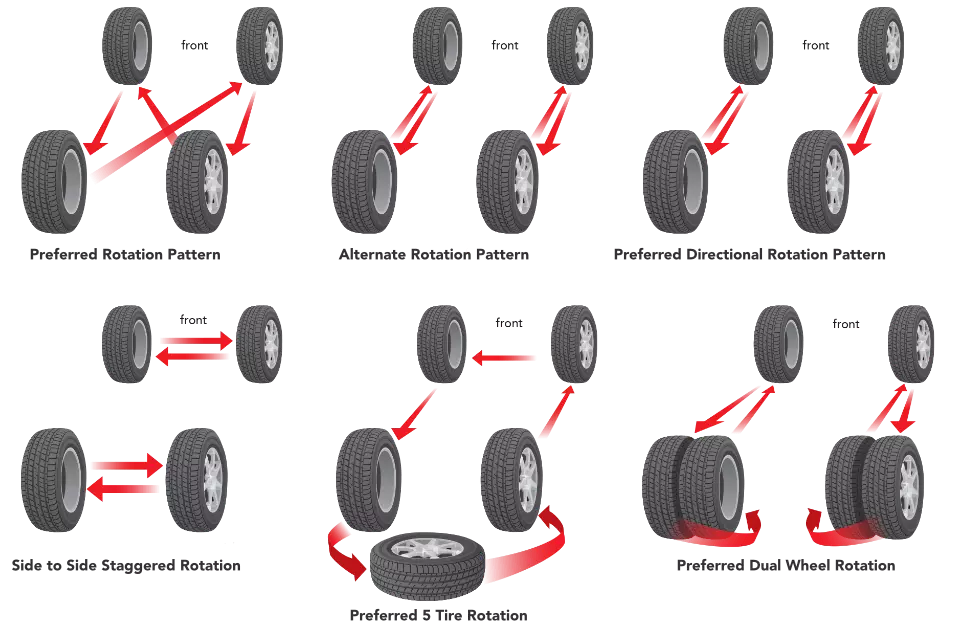 But this is not a mud tire, so if you see forest ruts filled with water, in which clay is mixed with silt, peat and everything else, you should not hope that these tires will allow you to move there without problems. It is clear that this rubber does not have total flotation, but it has a very good balance between asphalt and off-road performance.
But this is not a mud tire, so if you see forest ruts filled with water, in which clay is mixed with silt, peat and everything else, you should not hope that these tires will allow you to move there without problems. It is clear that this rubber does not have total flotation, but it has a very good balance between asphalt and off-road performance.
Usually off-road expeditions are a lot of asphalt driving, they are not off-road. Usually on expeditions, if you can go on a good road, go on a good road. It makes no sense to lay out a car 5,000 km from home for the sake of a spectacular shot with a cabin recessed along the steering wheel. But it often happens that there is simply no good road to the object to which you need to get, you have to go along a bad one. And here the MTs work perfectly fine.
There is another problem with large lugs. It is common to all mud tires or near mud tires. Since the tread blocks are very large, they wear out unevenly, that is, the block is erased less on the side of contact with the asphalt than on the side where it comes off, and teeth are obtained.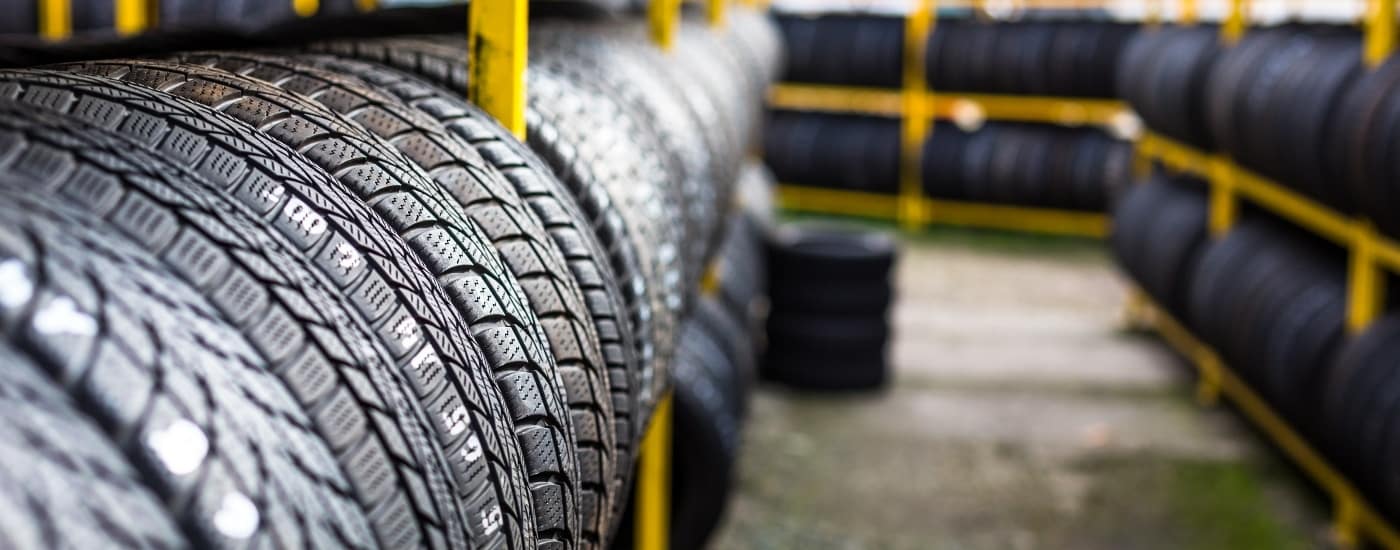 This leads to the fact that the rubber starts to make a terrible noise, and most importantly, as soon as the tread has lost a third of its height, the off-road performance of the tire is lost. They are, but not far gone from AT. Selling such tires with an almost worn out tread only if for a very low price, you should not buy it for off-road use. Therefore, the resource of these tires is not from the beginning of the tread to the bald tire, it is 30% wear.
This leads to the fact that the rubber starts to make a terrible noise, and most importantly, as soon as the tread has lost a third of its height, the off-road performance of the tire is lost. They are, but not far gone from AT. Selling such tires with an almost worn out tread only if for a very low price, you should not buy it for off-road use. Therefore, the resource of these tires is not from the beginning of the tread to the bald tire, it is 30% wear.
How long it takes to wear out this amount of tread depends very much on the quality of the mixture that was used in the production of rubber. As a rule, in almost 100% of cases, the cheaper the rubber, the faster it wears out. The low price of rubber can be associated primarily with the composition of which the rubber is made, and secondly with the cord. In the question - the economy should be economical, our Chinese brothers have been very successful. Savings on materials, they are of poor quality and, of course, they cannot work properly. As soon as the materials become of high quality, the price of the tire immediately rises. And the price of a quality tire from China and a quality tire from America differ by 20-25 percent of the cost, not higher, this must be understood.
As soon as the materials become of high quality, the price of the tire immediately rises. And the price of a quality tire from China and a quality tire from America differ by 20-25 percent of the cost, not higher, this must be understood.
Kumho Tires Kumho from a Chinese manufacturer can easily last a season, two, no more, you need to be aware of this. Another example, Yokohama Yokohama MT, excellent tires, works well on asphalt and off-road 2 seasons. There are also quite expensive tires, for example BF Goodrich BFGoodrich, very good tires, good cord. The Goodyear brand broke into the off-road rubber market, it has crazy wear resistance, but weak sidewalls. Most often, this rubber does not live up to its old age due to the fact that the sidewall is pierced or something else bad happens, but not because of wear. In fact, in the segment of expensive tires, everything can be taken. How long it will last depends on two things, firstly, on the mass of the car, and secondly, on how aggressively you drive this car. If you go into corners every time, loading the sidewalls of the wheel, it will not last very long, because you wear it yourself. If you calmly accelerate, brake and coast into corners, then it will serve for a long time.
If you go into corners every time, loading the sidewalls of the wheel, it will not last very long, because you wear it yourself. If you calmly accelerate, brake and coast into corners, then it will serve for a long time.
In general, tires of an expensive segment serve to the point that they need to be changed for something else, and these are sold, ideally they still look like. 50-60,000 km, this is completely normal for them. Tires of the middle segment, their limit is 30-40,000 km. These, probably, from the more popular ones include Cooper Cooper S\T, STT. Tires from the cheap segment, 20,000 km maximum.
Plus, you have to remember that when you have a large tread height, a lot of tread wear reduces the diameter of the wheel. The 35th wheel with a worn tread is already 33.5. At the same time, what is written on the wheel does not always coincide with its actual dimensions. Therefore, choosing rubber, it is better to first measure it on the car. The Chinese usually run small.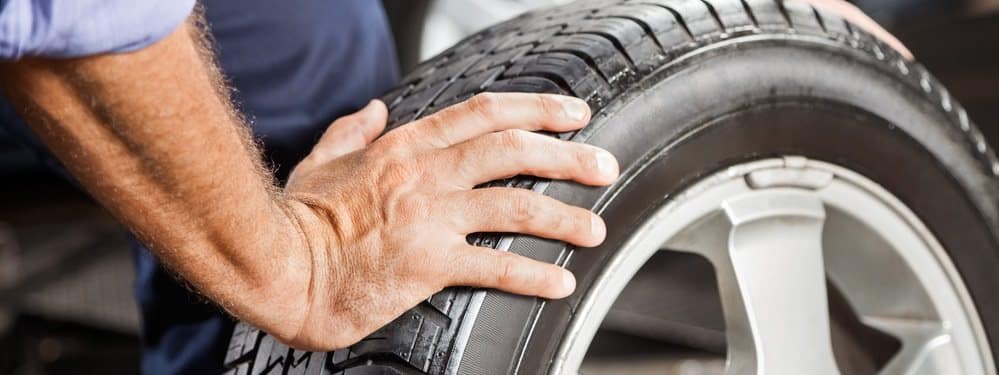
About taking tires with a tube, without a tube. For an expedition, for long distance runs, it is definitely better to take tubeless tires. Yes, it is more often disassembled, but it is not a big problem to board it. Its main plus is that when you catch a nail on the track, your car does not fall on one flat tire, it just starts to slowly descend, while most of the punctures are very easily eliminated with a regular harness.
Discs. Disks are important, they are really the main thing. It would seem that the whole thing is in rubber, but a lot depends on the disk.
For off-road expeditions, alloy wheels are not recommended for the following reasons. The first and probably the main one is that alloy wheels usually have a very low hub. This is a tubercle that the tire should hold onto inside the disc. When it is low, the tire is easy to remove and just as easy to put on. The second reason is that some stones or other solid protruding objects often come across off-road, on which the disk can be crushed and split. It will not work to straighten the cast disk, after that it will not work, the geometry is broken and the tire blows off.
It will not work to straighten the cast disk, after that it will not work, the geometry is broken and the tire blows off.
An intermediate option is forged wheels, they are not bad.
And the best off-road rims are forged aluminum split rims. They are very light, amenable to editing, you can insert limiters inside them so that they do not allow the wheel to be disassembled. But they have a drawback, they cost space money. Therefore, according to the balance of price / quality / availability, stamped disks are in the lead.
They are heavy, this is their disadvantage. But they also have some very significant advantages. One of the pluses is a high hub, it is quite difficult to disassemble the wheel on them. Secondly, they are completely calmly corrected with a hammer, and it is not so easy to bend them, and they serve for years. From whom to take, there is not much difference, there are not so many manufacturers. As for the hump, how to determine that the hump is good, and the rubber and the disk will make friends. When you bead a wheel at a tire fitting, pay attention to how much pressure it jumps over the hump, beaded. If this pressure is up to 2.5 atmospheres, the rubber will be disassembled very easily. The pressure should be higher, generally super, if it is in the region of a three-ruble note.
When you bead a wheel at a tire fitting, pay attention to how much pressure it jumps over the hump, beaded. If this pressure is up to 2.5 atmospheres, the rubber will be disassembled very easily. The pressure should be higher, generally super, if it is in the region of a three-ruble note.
There are also forged wheels that are being made somewhere around here. Half of the hump is cut off on them so that the tire rests against the wall, but there is nothing to say about them.
Regarding the obstacles to disassembly, there are two options. These are either bedlocks or timelocks.
Badlocks are an iron oval that is screwed to the rim from the outside, and the tire is not tucked into the rim, but is clamped between the rim and this washer by a bunch of bolts. For sports off-road, this option is not bad, but in principle not the best, because they are heavy, and for expeditions, the weight of these discs with beadlocks is generally sky-high. They are also expensive.
That's why time-locks are usually used for the expedition, this is an insert inside the disk into which the camera is inserted. The shape of this insert does not allow the chamber to inflate to the entire inner surface of the tire, it fills only the inner part, pressing the tire against the disk from both sides. The timelock is a useful thing, firstly, when you lower the wheel, the tire still sticks out a little behind the disk, even when it is lowered to 0, it does not crumple the disk, but touches the inflated chamber inside. Secondly, they weigh quite a bit. But they have their own shortcomings. The first drawback is that in order to install them, you need to drill another hole in the disk for the nipple of this chamber, and at the same time, the main nipple of the tubeless tire sticking out in the disk is pinched, so the rubber is rather poorly inflated and poorly descends, this time takes. But the main drawback is that sand and abrasive get between the disc and the rubber, and gradually this frame under the camera is rubbed and torn. This does not happen instantly, but periodically they have to be changed.
The shape of this insert does not allow the chamber to inflate to the entire inner surface of the tire, it fills only the inner part, pressing the tire against the disk from both sides. The timelock is a useful thing, firstly, when you lower the wheel, the tire still sticks out a little behind the disk, even when it is lowered to 0, it does not crumple the disk, but touches the inflated chamber inside. Secondly, they weigh quite a bit. But they have their own shortcomings. The first drawback is that in order to install them, you need to drill another hole in the disk for the nipple of this chamber, and at the same time, the main nipple of the tubeless tire sticking out in the disk is pinched, so the rubber is rather poorly inflated and poorly descends, this time takes. But the main drawback is that sand and abrasive get between the disc and the rubber, and gradually this frame under the camera is rubbed and torn. This does not happen instantly, but periodically they have to be changed. Plus they are quite expensive. There are domestic analogues, and there seem to be no negative reviews on them.
Plus they are quite expensive. There are domestic analogues, and there seem to be no negative reviews on them.
In principle, there is always a chance that you will break a tire on the road, so you should always have a full-size spare tire. In case you are going somewhere far away, it makes sense to take two spares. Moreover, in order not to carry extra weight, take one on a disk, and the other without.
In general, when buying off-road tires, the best option is to buy 6 tires. In the case of off-road, the Soviet method of changing wheels so that they wear out correctly does not work, because you either blew a tire, or something else happened, and no one usually bothers with this. Therefore, the front wheels wear out faster than the rear ones, and there comes a time when your rear wheels are still alive, and the front ones are not very good. And you, as already mentioned, 6 wheels. They changed the worn front ones, put them on the spares, and drove like that for some time. In good tires that have some kind of resource, if you drive tight and actively, you can drive 4-5 seasons in this format.
In good tires that have some kind of resource, if you drive tight and actively, you can drive 4-5 seasons in this format.
Sometimes there is such a problem that tires are not sold, they are rare, they are sold in multiples of two or four. And, if you have 6 wheels, there is always a guarantee that you will have at least a set of five left, and you will not have to look.
In winter. Unique opinion, but in winter you need to drive on winter tires. Firstly, AT and MT tires do not work in any way on a snowy icy road. And on snow, MT is not needed at all, snow does not need to be dug, it must be rolled and trampled. This is if we are talking about snow, a meter or two below. This requires elastic, which summer tires do not have in winter. There is no reason to run summer tires in winter, other than to save money and make sure you do. Which tires to choose, studded, non-studded. Who likes what and what is the size.
And there is one more thing. Any tires, MT, AT, winter tires in winter, in order for them to work off-road, MUST BE LOWERED. Inflated MT tires perform much the same as inflated road tires.
Inflated MT tires perform much the same as inflated road tires.
Mud tires are a special type of car tires designed to conquer off-road areas.
This type of rubber differs significantly from standard car tires designed for urban use.
The main differences between mud tires and urban tires are:
It is the high profile and width of the tire that gives the car more reliable grip on off-road surfaces. Aggressive large pattern and lugs allow you to increase the vehicle's cross-country ability and overcome various road obstacles.
Special marks A/T and M/T are available for this type of rubber.
The A/T stands for All-Terrain - tires that are suitable for all types of road surfaces.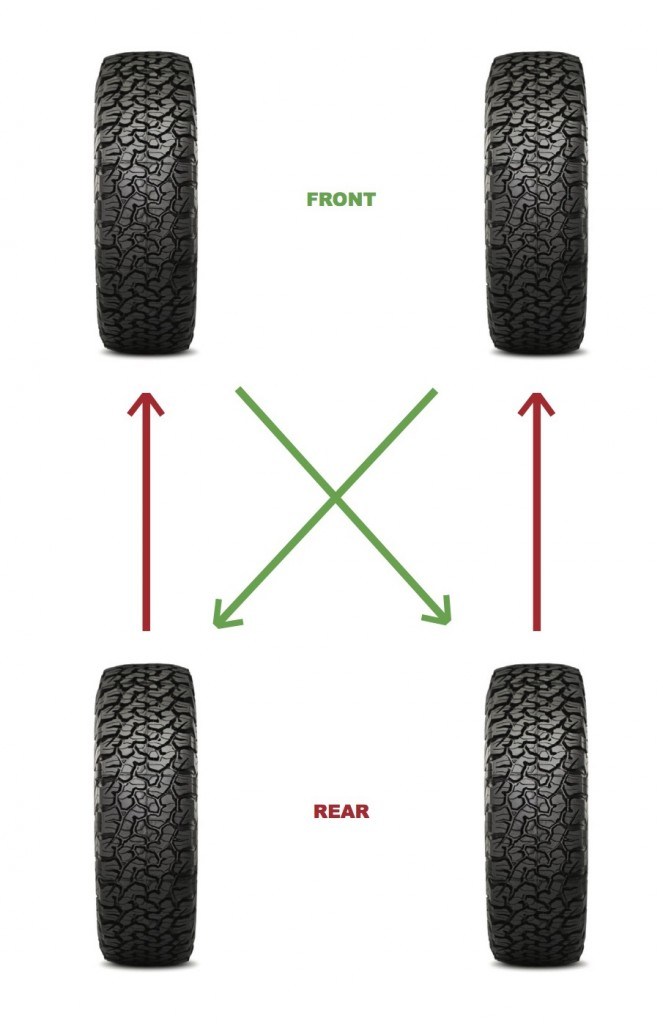 This type of rubber has average performance in off-road areas. Tires of this type are also recommended not to be used in urban daily use. The permissible speed index is limited for A/T mud tires to 140 km/h. Also, this type of tire has a longer braking distance and increases the risk of aquaplaning at high speeds.
This type of rubber has average performance in off-road areas. Tires of this type are also recommended not to be used in urban daily use. The permissible speed index is limited for A/T mud tires to 140 km/h. Also, this type of tire has a longer braking distance and increases the risk of aquaplaning at high speeds.
These tires are suitable for light off-road areas, out-of-town trips without paved roads, fishing and forest trips. Driving through deep mud, water and wading on these tires is not recommended.
M/T marking stands for Mud-Terrain, which indicates its purpose for operation in mud. For urban use, this rubber is unsuitable, as tires wear out quickly on a hard road surface and affect driving.
Due to the severity of this type of tires, the car becomes less maneuverable, the maximum comfortable speed for movement is 60-80 km / h.
Many SUV owners are sure that mud tires have no seasonality and are suitable for use both in summer and in winter.
Theoretically, winter operation of mud tires in winter is possible, however, leaves a strong imprint on driving style. Driving on mud tires in winter must be done with extreme caution.
At extremely low temperatures, the rubber composition of the compound loses its properties and mud rubber can become too “hard”, which will negatively affect its properties. Mud tires also increase the consumption of the car, making it less maneuverable and unstable in icy conditions.
Mud tires provide relatively poor grip on winter roads and become extremely dangerous when the car hits ice. In such a situation, the all-wheel drive system can, on the contrary, become a minus for an SUV.
Packed snow is also an almost impassable obstacle for mud tyres. The tire tread becomes clogged with snow and becomes like a slick, which is extremely ineffective for providing optimal grip on a winter road. The car in such a situation becomes almost uncontrollable.
The car in such a situation becomes almost uncontrollable.
An important difference between winter tires and mud tires is the presence of sipes that provide reliable grip of the car with the winter road surface. Mud tires do not have sipes, so they become stiff and uncontrollable at low temperatures.
The only possible way to travel on mud tires in winter is to drive on slush and loose snow at relatively high winter temperatures. The structure of loose snow resembles mud, so mud tires can easily cope with it. However, at high speeds, mud tires increase the risk of hydroplaning, which can lead to uncontrolled skids, ditching or vehicle rollovers.
If your safety and the safety of your passengers is more important to you than saving money, it is recommended to change mud tires for winter tires in winter.
Other publications
How to choose winter tires for the Audi Q7?
The Audi Q7 is a premium full-size SUV that combines off-road performance with ride comfort.